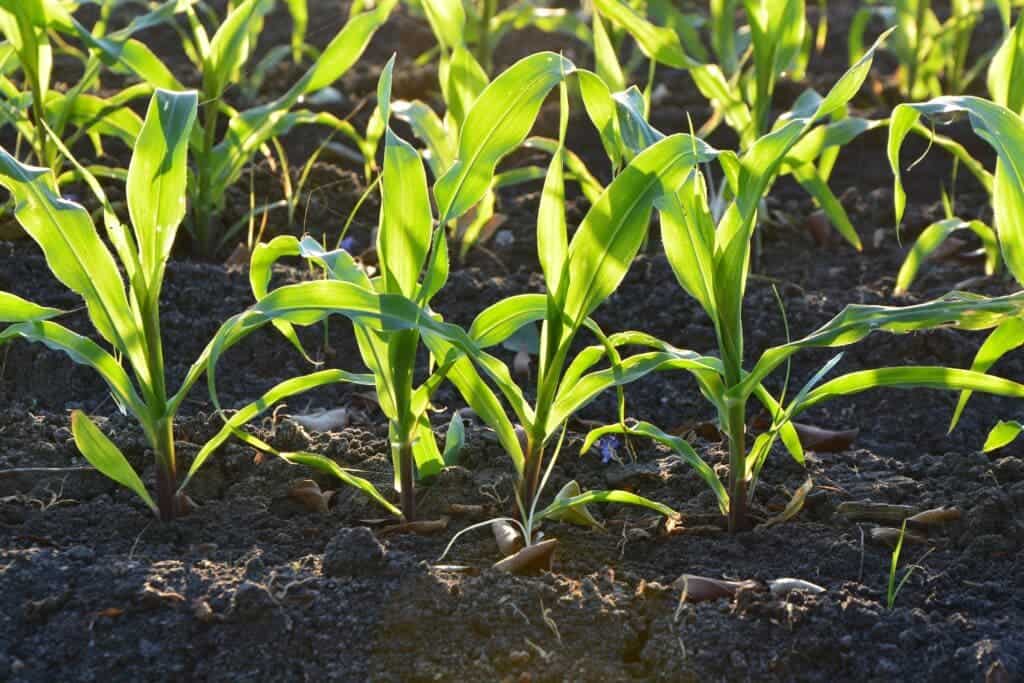New research reports that microplastics can and do accumulate in plants. Such findings have implications for ecology as well as food safety.

Micro- and nanoplastics in water and seafood is a growing concern. They are present in ocean water at very high levels, and we ingest an impressive amount of them every year.
Now, researchers are looking into how these particles behave in terrestrial environments, as well. A new study reports that they can accumulate in plants. This impairs their growth and reduces their nutritional value, the authors explain. Such findings suggest that fruits and vegetables can act as a carrier for microplastics, and point to a possible impact on crop yield as we release more and more plastics.
Plasticrops
“Our findings provide direct evidence that nanoplastics can accumulate in plants, depending on their surface charge,” says Baoshan Xing, a Professor at the University of Massachusetts Amherst and corresponding author of the paper.
“Plant accumulation of nanoplastics can have both direct ecological effects and implications for agricultural sustainability and food safety.”
For the study, the team grew Arabidopsis thaliana (thale cress, a model organism) in plots of soil with nanoplastics. These particles were “fluorescently labeled” to allow tracking. After a seven-week growing period, the team compared the plants’ weights, heights, root growth, and levels of chlorophyll.
The fresh weight of plants grown in soils with nanoplastics were between 41.7% and 51.5% lower and they had shorter roots than the controls, the team explains. Exposure to high concentration of nanoplastics also caused plants to grow “significantly shorter than the control” and those exposed to lower concentrations.

Image credits Xiao-Dong Sun et al., (2020), Nature.
Particles tended to concentrate in certain tissues, depending on their electrical charge. Negatively-charged ones “were observed frequently in the apoplast and xylem” (both involved in transporting fluids around the plant), while positively-charged ones concentrated in the tips of the roots. The latter, while only present at lower levels, have a higher impact on the plant’s health overall, the team estimates.
“Our experiments have given us evidence of nanoplastics uptake and accumulation in plants in the laboratory at the tissue and molecular level using microscopic, molecular and genetic approaches. We have demonstrated this from root to shoot,” says Xing.
With nanoparticles being present in water, they will inevitably find their way into soils as well, especially in irrigated croplands. Their size and electric charge seem to be the main determining factors of whether they’re absorbed and how much they damage the plant.
The team showed that cress can take in plastic particles of up to 200 nanometers, which is way smaller than most microplastic particles. However, we do have evidence of plastic degrading into ever-smaller bits in water. If they break down similarly on dry land, or if irrigation water is contaminated with nanoplastics, they will contaminate crops as well, leading to reduced yields and food insecurity.
The paper “Differentially charged nanoplastics demonstrate distinct accumulation in Arabidopsis thaliana” has been published in the journal Nature.









